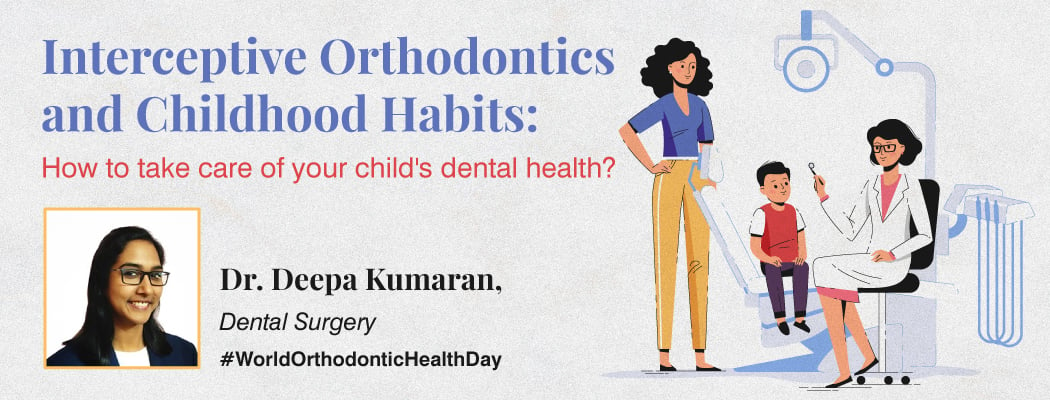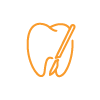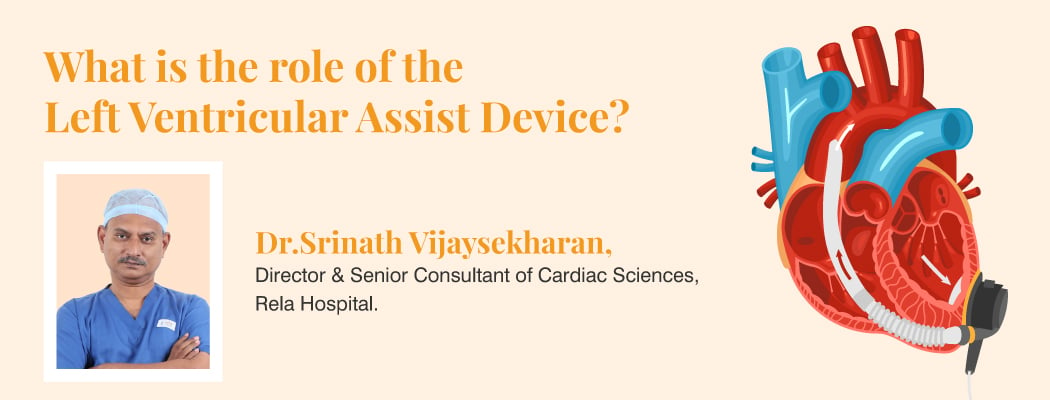Interceptive Orthodontics
May 15, 2023

Interceptive orthodontics aims at identifying teeth irregularities or jaw discrepancies as early as possible from and lesser than 6 years of age. American Academy of Orthodontics recommend evaluating children as early as 7 years for braces/orthodontic treatment. This can be helpful in preventing more complex orthodontic treatment in future.
Interceptive orthodontics are usually 2 phased treatment. The first phase can begin around 8 or 9 years of age. Following are some of the interceptive procedures
- extraction of milk/deciduous teeth
- making space for erupting permanent teeth using space maintainers
- Intercepting habits like Thumb sucking, lip biting, mouth breathing
- Correcting skeletal/jaw discrepancies
- Expanding the arches to make room for permanent teeth
The first phase of interceptive orthodontics can lessen the burden of the future orthodontic treatment and can also help avoid extractions or teeth removal for the treatment
The second phase of interceptive orthodontic treatment is carried out around 12 yrs at the time when all the permanent teeth are erupted.
Will my child require this 2 phased orthodontic treatment
Examining the child around 7 years can help decide whether early intervention is required. Taking your child for regular dental/orthodontic check up throughout the stages of permanent teeth eruption is also crucial. It could be once in 3 months or once in 6 months depending on the eruption. The other ways you can know whether your child requires early treatment are
- Early or late shedding of primary/milk teeth. Typical baby teeth starts shedding from 5-6 yrs of age
- Children who had or currently having habits like thumb sucking, mouth breathing, lip biting
- Children having cross bite or open bite
- Children having jaw discrepancies. Smaller sized or protrusive jaws and disproportion in size between upper and lower jaws
- Crowded upper front teeth
 Deep bite upper front teeth corrected
Deep bite upper front teeth corrected
 Deep bite upper front teeth
Deep bite upper front teeth
 Reverse or cross bite upper front teeth corrented
Reverse or cross bite upper front teeth corrented
 Reverse or cross bite upper front
Reverse or cross bite upper front
 Habit breaking appliance
Habit breaking appliance
 Headgear form jaw corrections
Headgear form jaw corrections
 Space maintainers to accmmodate new erupting teeth
Space maintainers to accmmodate new erupting teeth
 Expansion appliances to create room for crowded teeth
Expansion appliances to create room for crowded teeth









